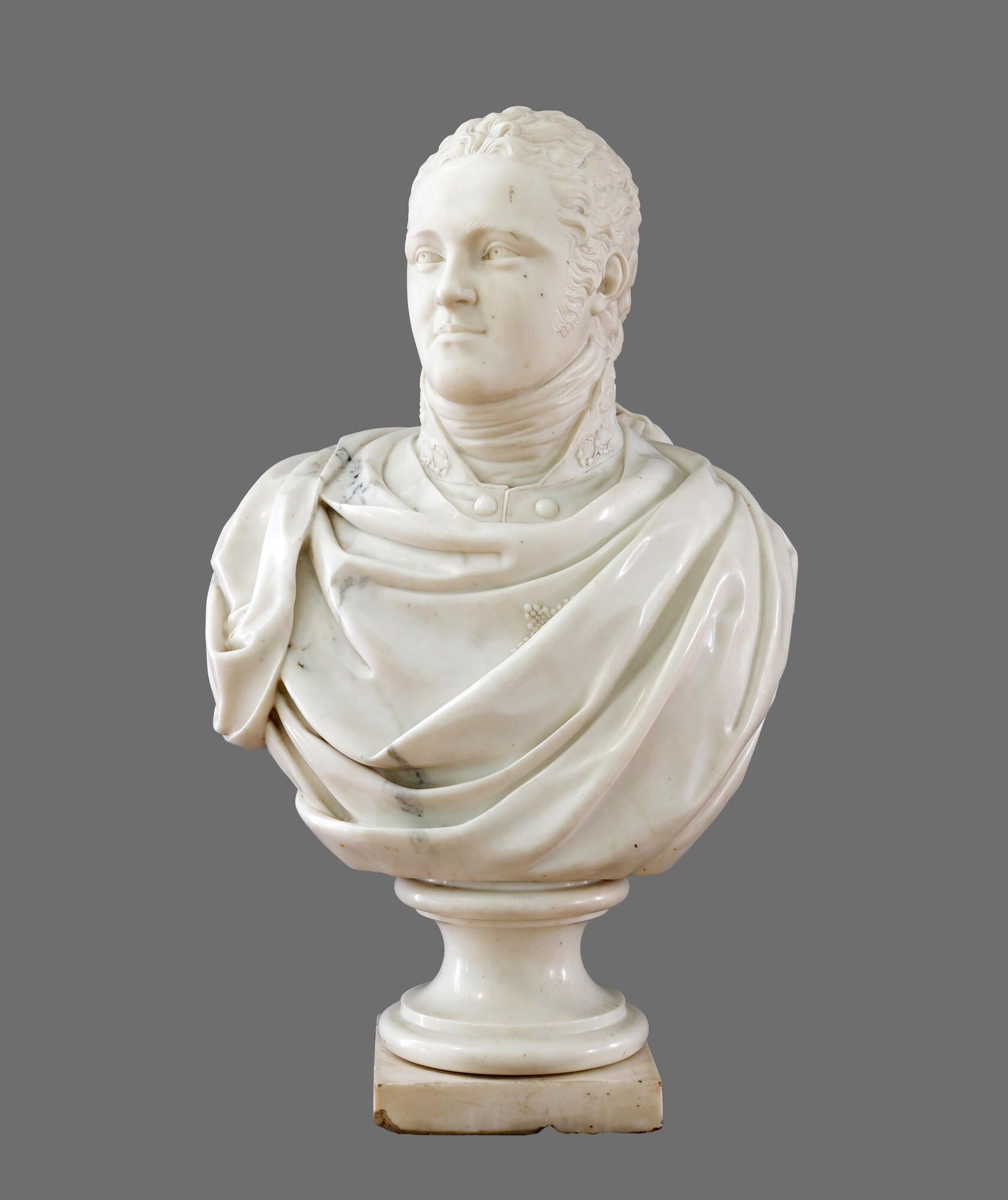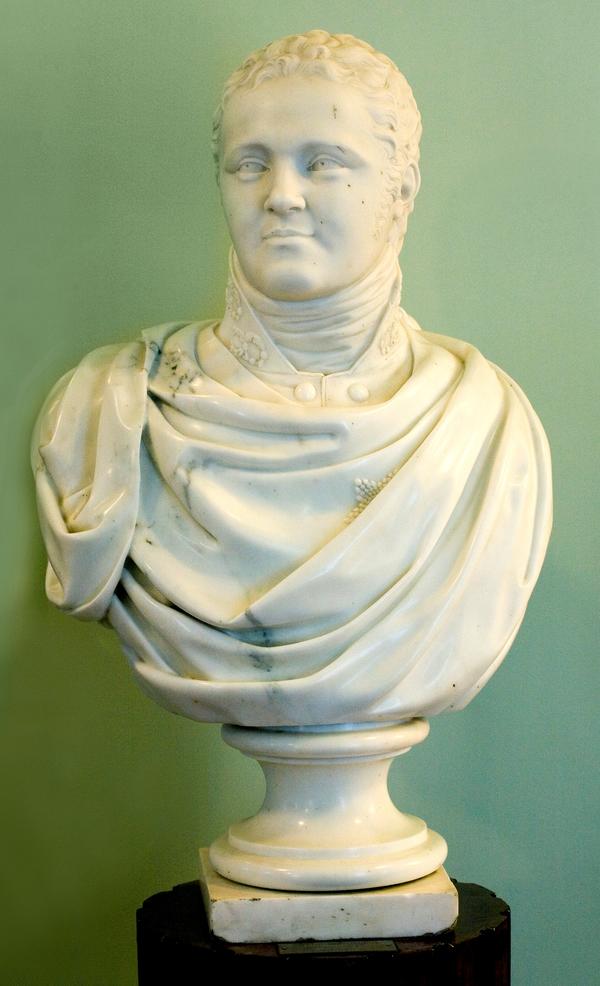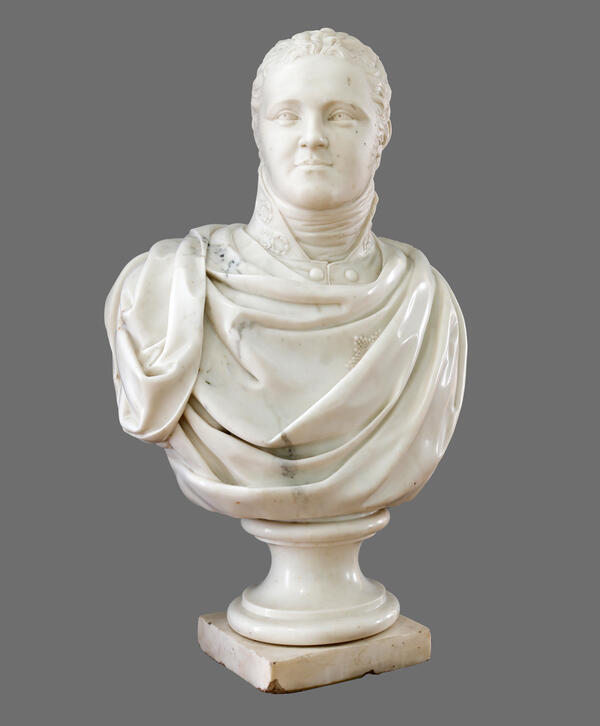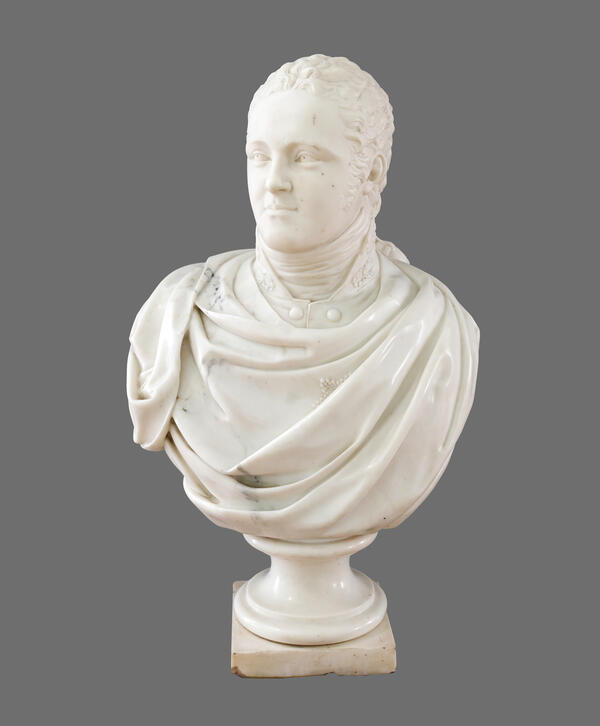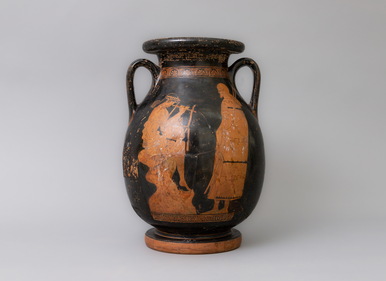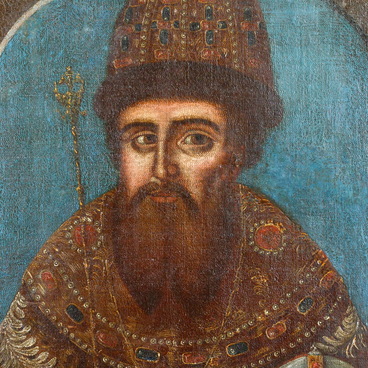Fedot Shubin is considered the greatest sculptor of 18th-century Russia. He preferred to work with marble and, according to his contemporaries, was able to breathe life into this material.
He was born as Fedot Shubnoy in a small fishing village on the White Sea coast in the Arkhangelsk Governorate. His relatives practiced walrus ivory, mammoth ivory, and mother-of-pearl carving.
After the death of his father, the 18-year-old Shubnoy joined a group of fishermen and walked all the way to Saint Petersburg. He brought his handmade products such as icons, cross necklaces, and hair combs, and initially earned his living by selling these items. Later, he was hired as a coal heaver at a palace, but soon his talent was noticed, and Shubnoy enrolled at the Imperial Academy of Arts. In the list of students, his family name was changed to the more noble version of Shubin.
Shubin graduated from the Academy of Arts with a Gold Medal and continued his education in Paris and Rome, together with the artist Alexander Ivanov who painted “The Appearance of Christ Before the People”. Upon his return to Saint Petersburg, Fedot Shubin worked actively as a decorator and created over 100 marble bas-reliefs and statues for the Chesme and Marble Palaces.
Shubin’s oeuvre consisted mostly of busts. The most famous of them include the busts of Paul I, Mikhail Lomonosov who was born in the same region as Shubin, Catherine the Great, Prince Alexander Golitsyn, and Emperor Alexander I. Fedot Shubin was the first artist in 18th-century Russian sculpture to abandon the ornamental Rococo-style portraits and turn to Classicism. He strove to achieve a faithful, realistic, and pure representation of life.
The young Alexander I is portrayed as a brave and noble person. He is depicted at the age of 25 when he had just become Emperor after his father Paul I had been murdered as a result of a conspiracy. Alexander I was known for his liberal reforms, and the 1812 war against Napoleon, and is sometimes referred to as Alexander the Blessed.
Despite its seeming formality, the portrait is very simple. It lacks any exaggerated flattery or admiration, and the image of emperor is calm and natural. Fedot Shubin was able to use plastic devices to portray a person’s individuality, the unique facial expression, the look in the eyes, and the set of one’s head. For each bust, he came up with an original composition and artistic design.
He was born as Fedot Shubnoy in a small fishing village on the White Sea coast in the Arkhangelsk Governorate. His relatives practiced walrus ivory, mammoth ivory, and mother-of-pearl carving.
After the death of his father, the 18-year-old Shubnoy joined a group of fishermen and walked all the way to Saint Petersburg. He brought his handmade products such as icons, cross necklaces, and hair combs, and initially earned his living by selling these items. Later, he was hired as a coal heaver at a palace, but soon his talent was noticed, and Shubnoy enrolled at the Imperial Academy of Arts. In the list of students, his family name was changed to the more noble version of Shubin.
Shubin graduated from the Academy of Arts with a Gold Medal and continued his education in Paris and Rome, together with the artist Alexander Ivanov who painted “The Appearance of Christ Before the People”. Upon his return to Saint Petersburg, Fedot Shubin worked actively as a decorator and created over 100 marble bas-reliefs and statues for the Chesme and Marble Palaces.
Shubin’s oeuvre consisted mostly of busts. The most famous of them include the busts of Paul I, Mikhail Lomonosov who was born in the same region as Shubin, Catherine the Great, Prince Alexander Golitsyn, and Emperor Alexander I. Fedot Shubin was the first artist in 18th-century Russian sculpture to abandon the ornamental Rococo-style portraits and turn to Classicism. He strove to achieve a faithful, realistic, and pure representation of life.
The young Alexander I is portrayed as a brave and noble person. He is depicted at the age of 25 when he had just become Emperor after his father Paul I had been murdered as a result of a conspiracy. Alexander I was known for his liberal reforms, and the 1812 war against Napoleon, and is sometimes referred to as Alexander the Blessed.
Despite its seeming formality, the portrait is very simple. It lacks any exaggerated flattery or admiration, and the image of emperor is calm and natural. Fedot Shubin was able to use plastic devices to portray a person’s individuality, the unique facial expression, the look in the eyes, and the set of one’s head. For each bust, he came up with an original composition and artistic design.
